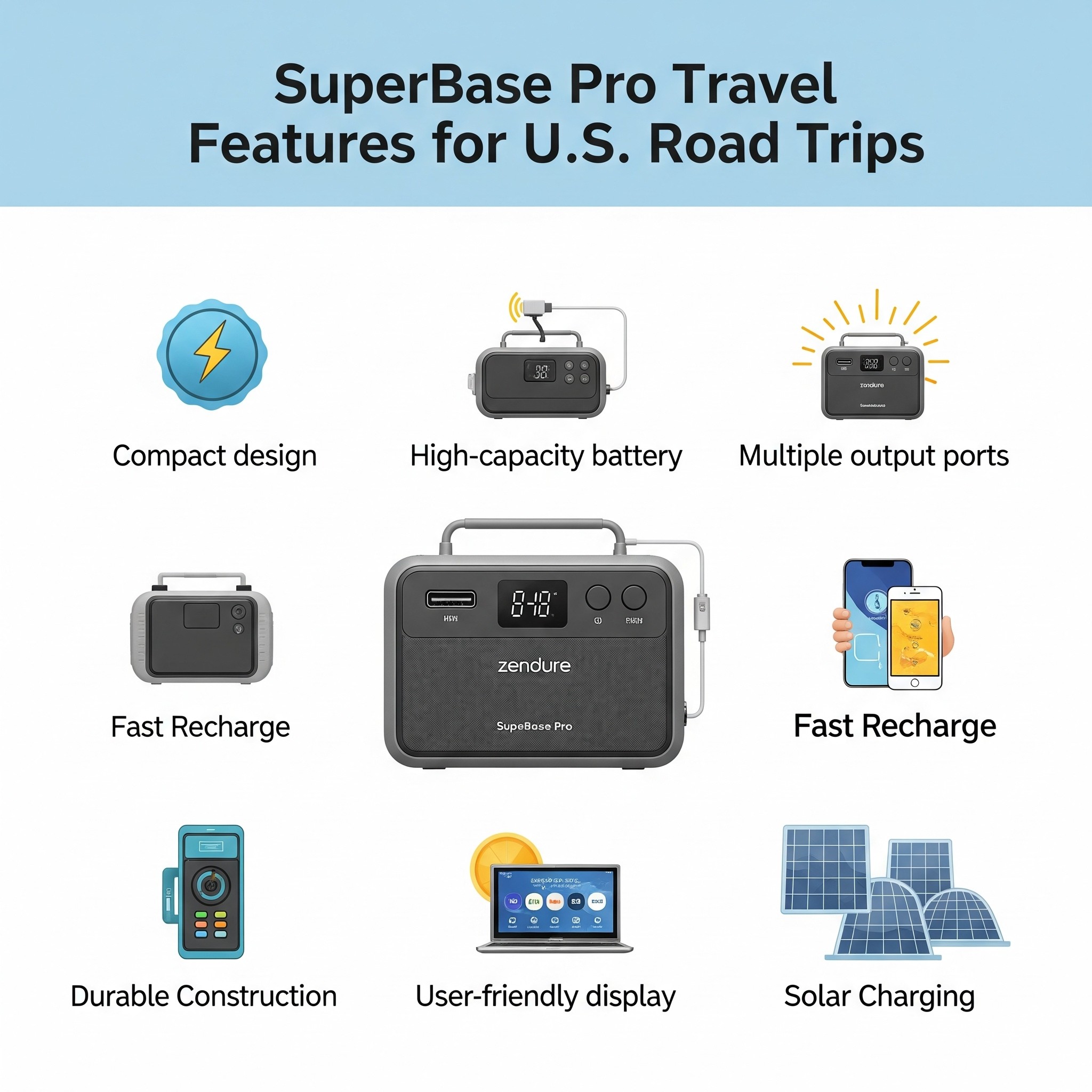Applying for a visa can be a complicated process, and even the smallest mistake may result in unnecessary delays or outright rejection. Being aware of frequent errors and knowing how to prevent them can greatly improve your chances of approval. This guide outlines the most common mistakes applicants make and provides practical tips to help you complete your online visa application process smoothly.
Visa Application Form Filling
Completing the visa application form filling correctly is one of the most crucial steps. Any errors or missing details can slow down the process or even cause rejection. Keep the following in mind:
- Read Instructions Carefully: Go through the guidelines specific to the visa you are applying for. Requirements differ from country to country.
- Provide Accurate Information: Make sure your personal data, travel history, and other details are consistent with your supporting documents.
- Avoid Common Errors: Spelling mistakes, blank sections, or mismatched information are frequent reasons for rejection. Double-check all entries.
- Save and Review: If the online form allows saving, review thoroughly before final submission.
- Seek Guidance if Needed: If unsure about any section, consult a visa consultant or professional service.
1. Incomplete or Incorrect Application Forms
One of the leading causes of visa refusals is submitting forms that are either incomplete or inaccurate. Missing details, inconsistent data, or typographical mistakes can raise doubts for immigration officials. For example, if your passport details don’t match your form, your application may face delays or rejection.
How to Avoid It:
- Double-check all information to ensure it matches official documents.
- Always use the correct and latest version of the form (e.g., U.S. DS-160 form).
- Get professional assistance if you’re unsure about any part.
2. Insufficient or Inaccurate Supporting Documents
Failing to provide the right documents—or submitting incorrect ones—can also result in rejection. Each visa type has its own checklist of required paperwork.
How to Avoid It:
- Follow the official checklist provided by the embassy or consulate.
- Submit certified translations for documents not in the official language of the destination country.
- Make sure passports, bank statements, and other required documents are valid and up to date.
3. Not Showing Strong Ties to Your Home Country
Visa officers often require proof that you intend to return home after your visit. If you don’t demonstrate strong ties such as family, property, or employment, your application may be denied.
How to Avoid It:
- Provide evidence like employment letters, proof of property ownership, or family records.
- Be honest during interviews and clearly state your plans to return.
4. Using Outdated or Wrong Forms
Submitting old or incorrect visa forms is a common mistake that can lead to rejection. Countries frequently update their visa formats and requirements.
How to Avoid It:
- Download the latest version of the form directly from the official embassy or consulate website.
- Always check for recent updates before submission.
5. Ignoring Visa Processing Times

Underestimating how long the process takes often results in rushed applications and errors.
How to Avoid It:
- Begin the application well before your travel date.
- Check average processing times for your visa type and plan accordingly.
6. Inconsistent Information Across Documents
If there are mismatches between your application form and supporting documents, it can raise suspicion.
How to Avoid It:
- Verify that your personal details (names, dates of birth, addresses) match across all documents.
- Cross-check everything before submission.
7. Lack of Interview Preparation
The visa interview is often a deciding factor. Being unprepared can significantly lower your chances.
How to Avoid It:
- Prepare answers for common questions about your travel plans, finances, and ties to your home country.
- Practice mock interviews to build confidence.
8. Not Disclosing Social Media Information (U.S. Visas)

Applicants for U.S. visas must provide details of their social media handles from the last five years. Failure to do so can result in rejection or ineligibility.
How to Avoid It:
- List all social media accounts, even if no longer active.
- Be transparent and accurate in your disclosure.
9. Overlooking Visa Validity and Entry Rules
Each visa comes with conditions such as validity period, number of entries, and restrictions. Ignoring these rules may result in denied entry or overstaying.
How to Avoid It:
- Understand the specific terms of your visa.
- Plan your travel in line with those terms.
10. Not Using Professional Visa Services
The visa process can be overwhelming, especially for first-time applicants. Professional assistance can simplify things.
How to Avoid It:
- Consider using reputable visa services to ensure everything is accurate.
- Verify the credentials of service providers before hiring them.
Conclusion
Avoiding mistakes in the online visa application process requires attention to detail, careful planning, and following official guidelines. By steering clear of the pitfalls listed above, you can significantly improve your chances of getting approved. For additional support, professional visa services can provide expert advice and help ensure a smooth application process.


